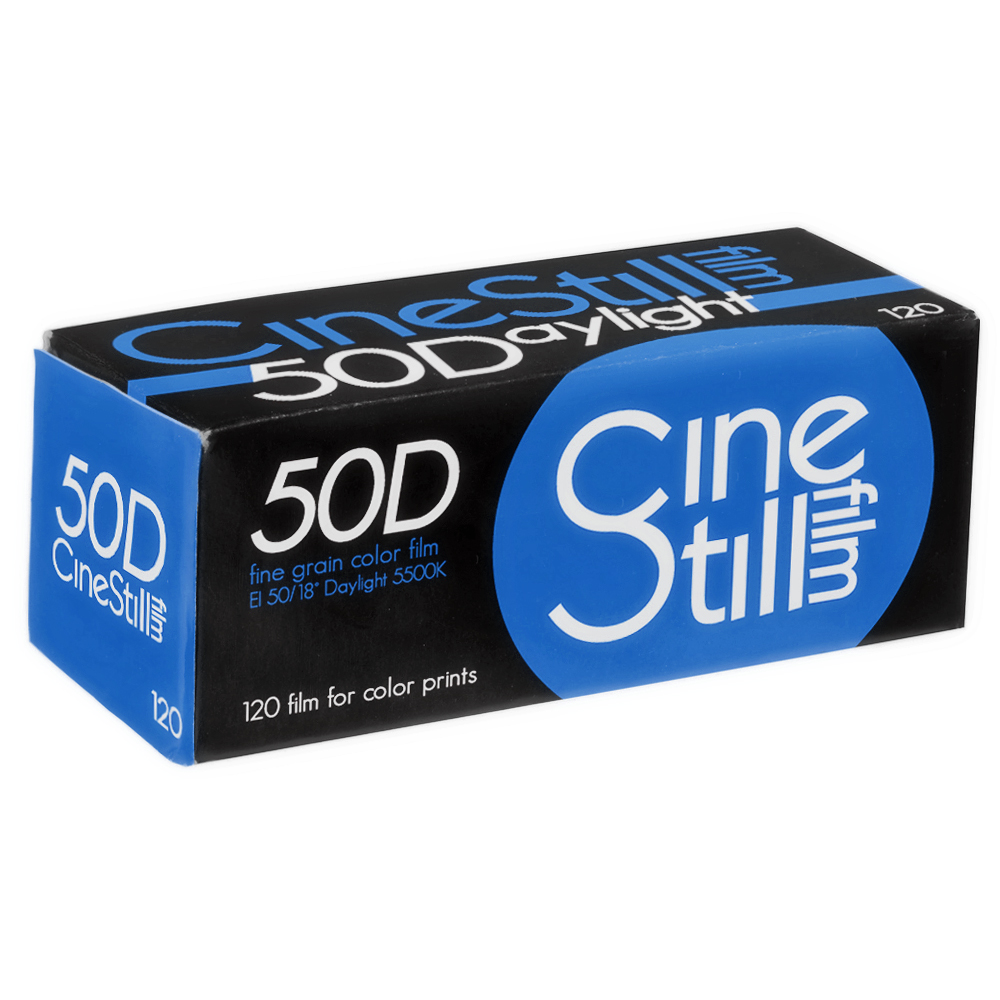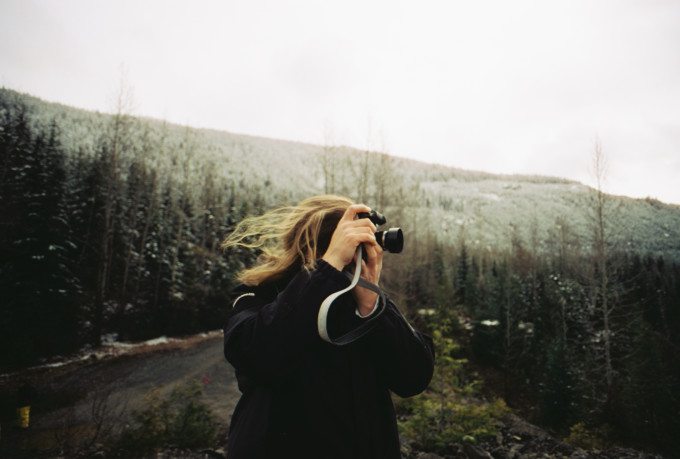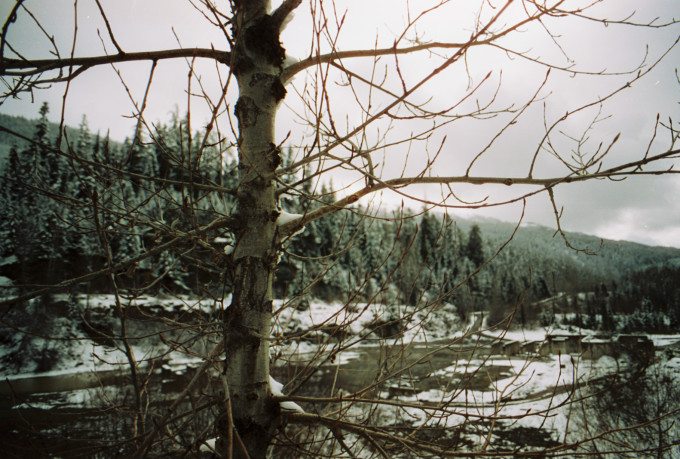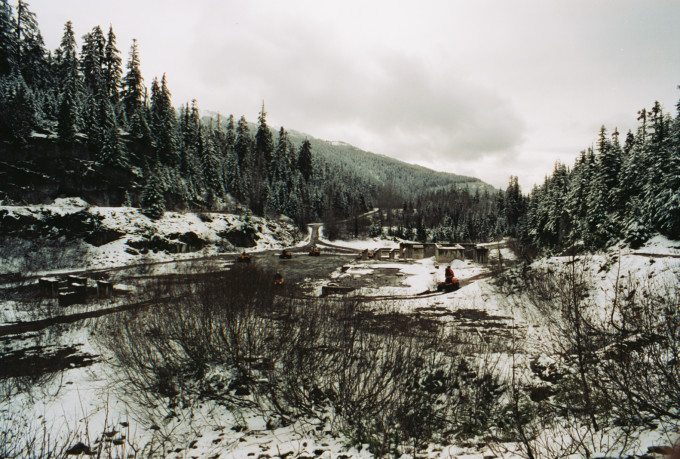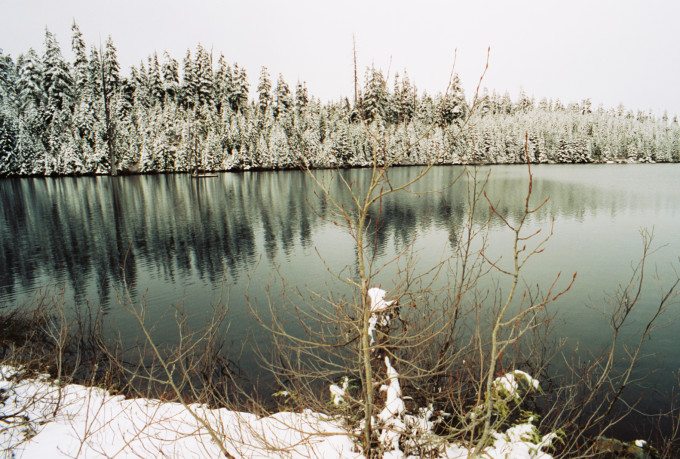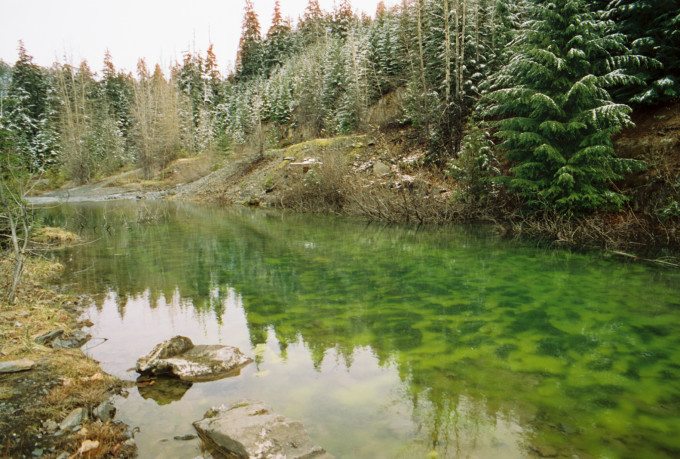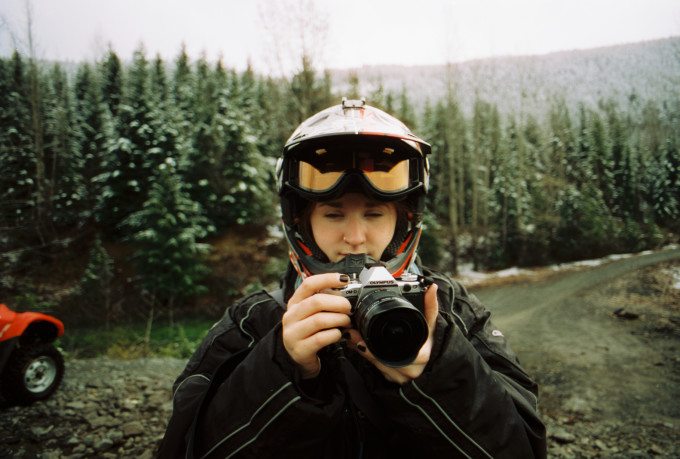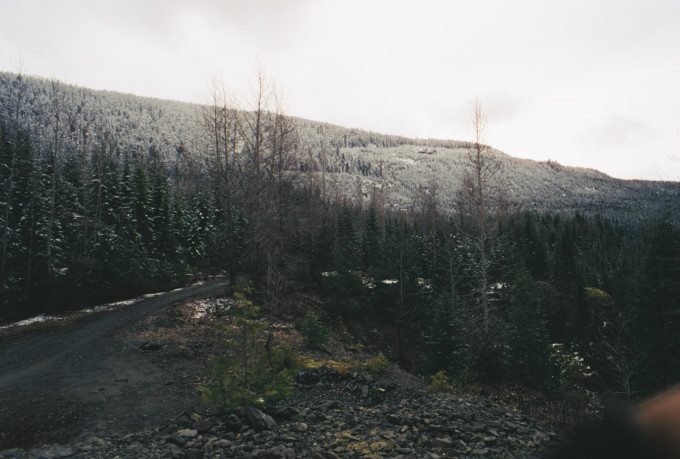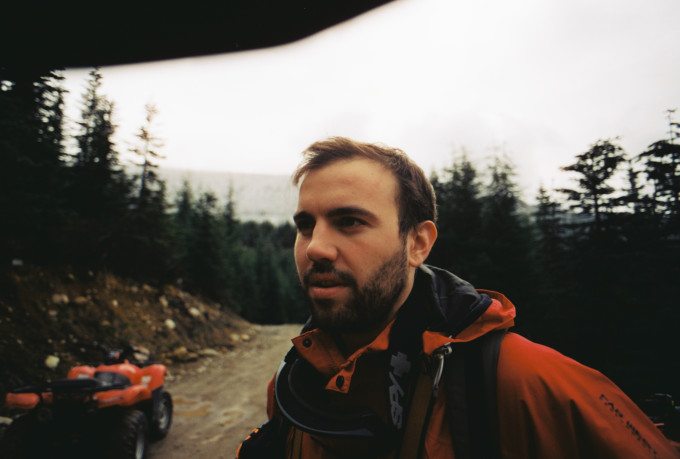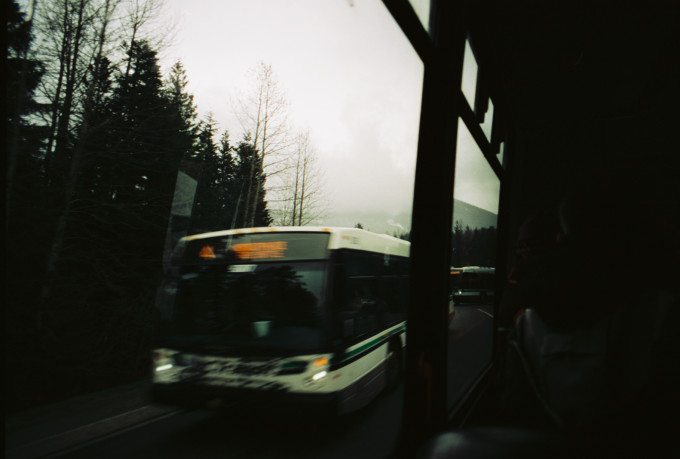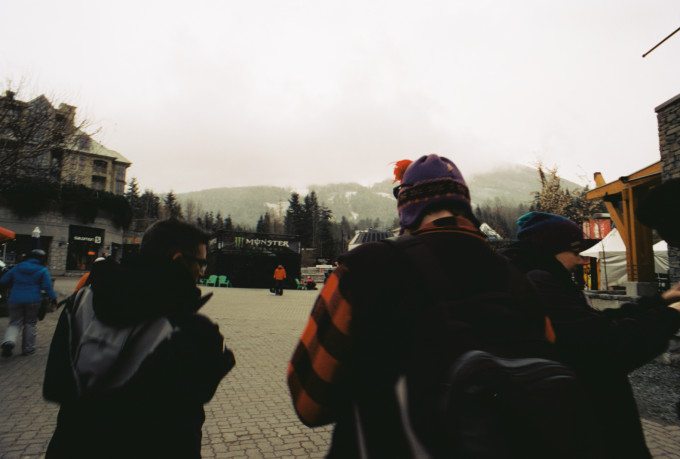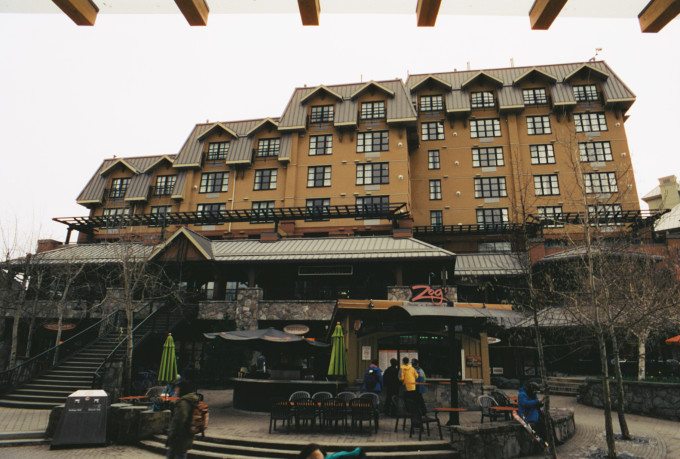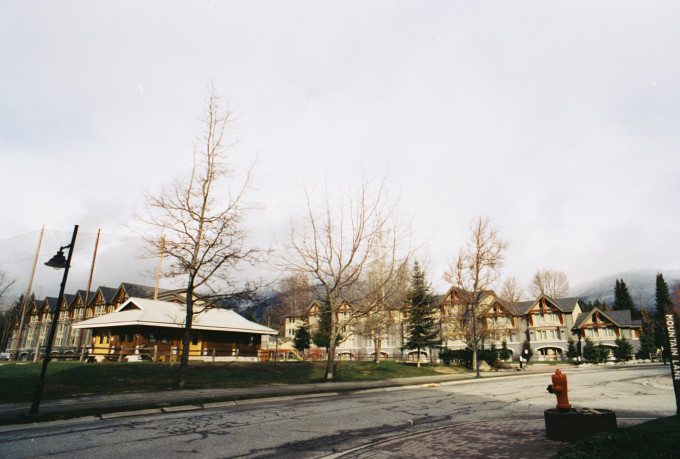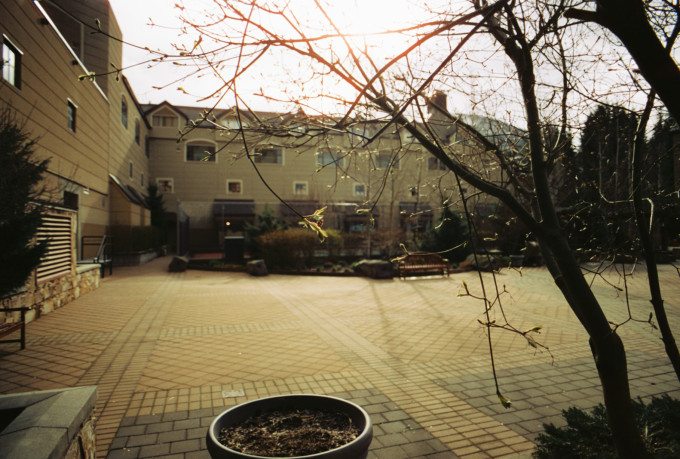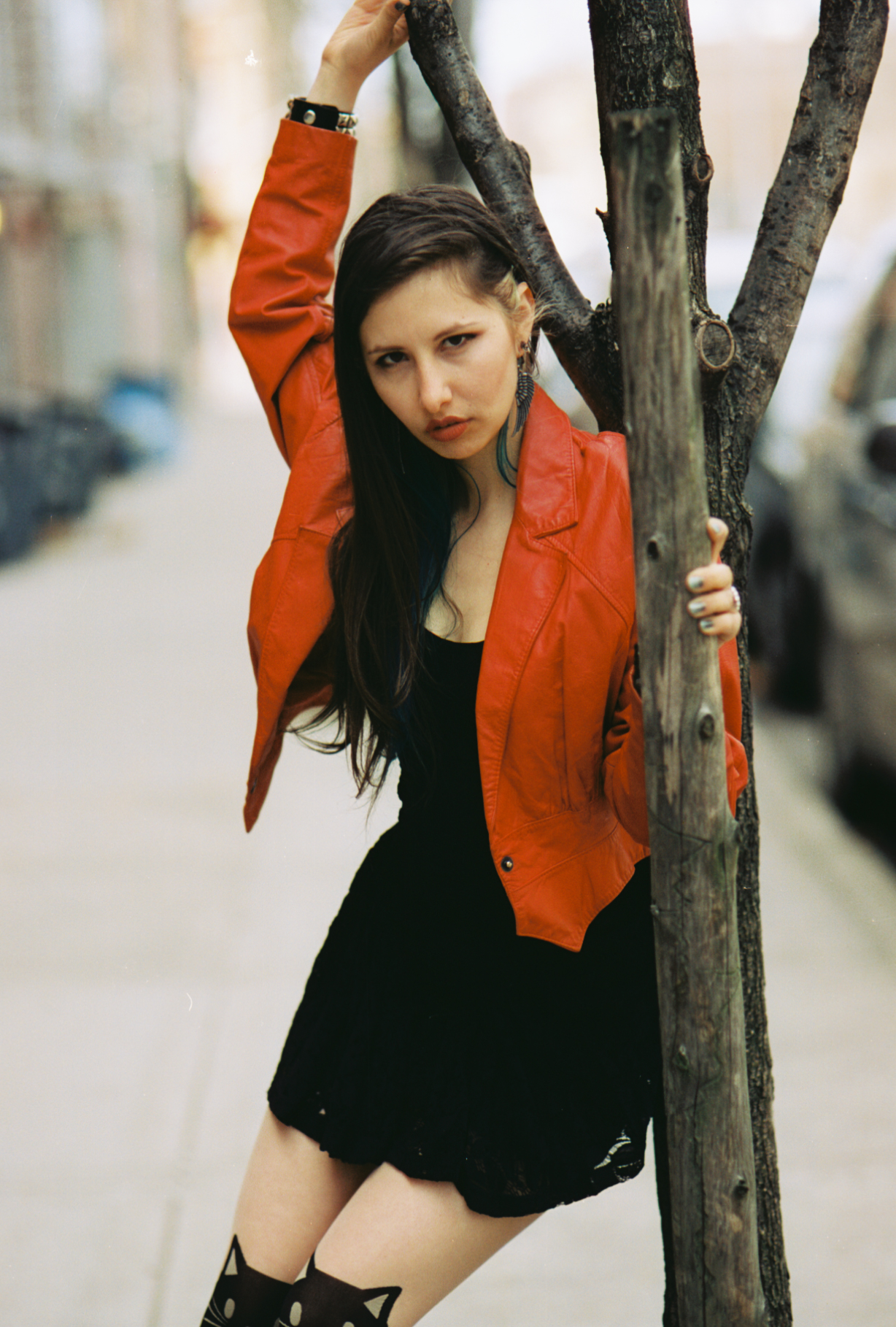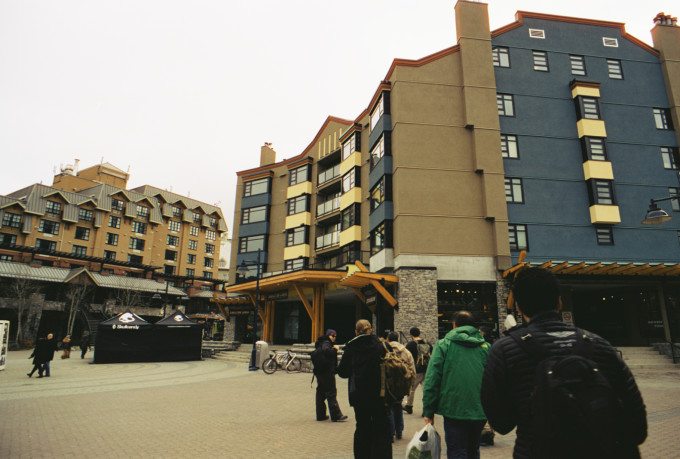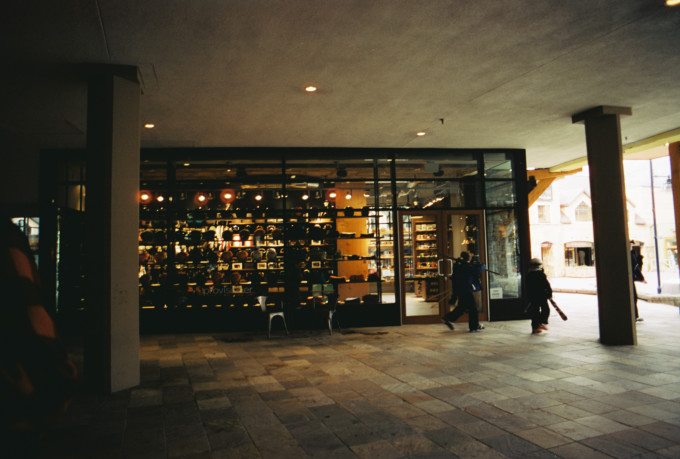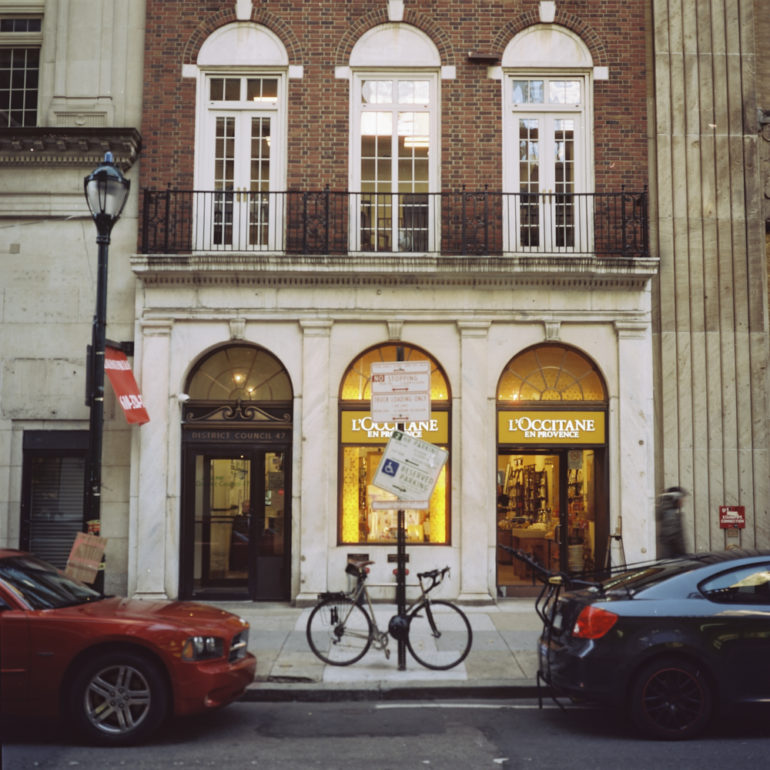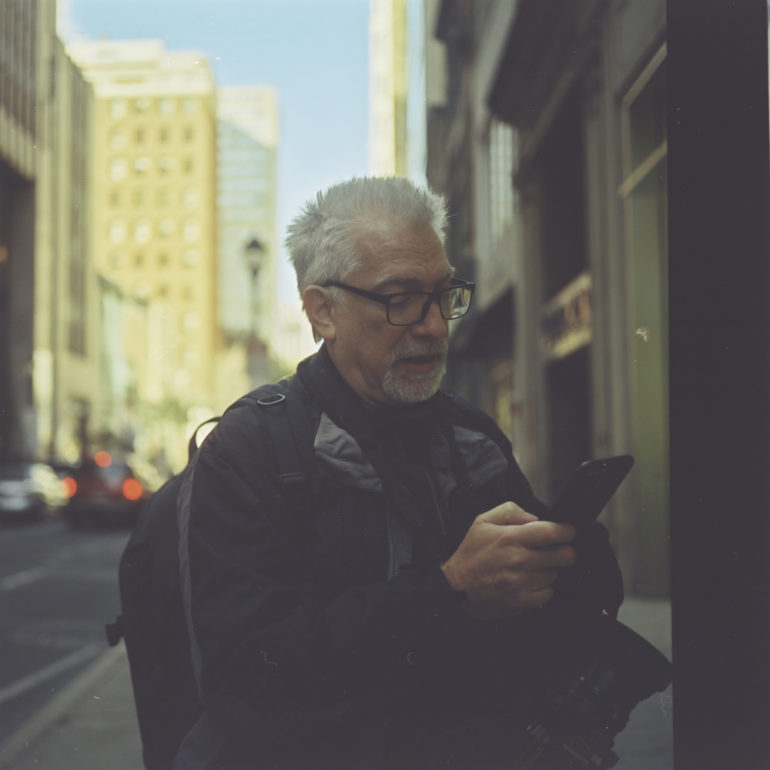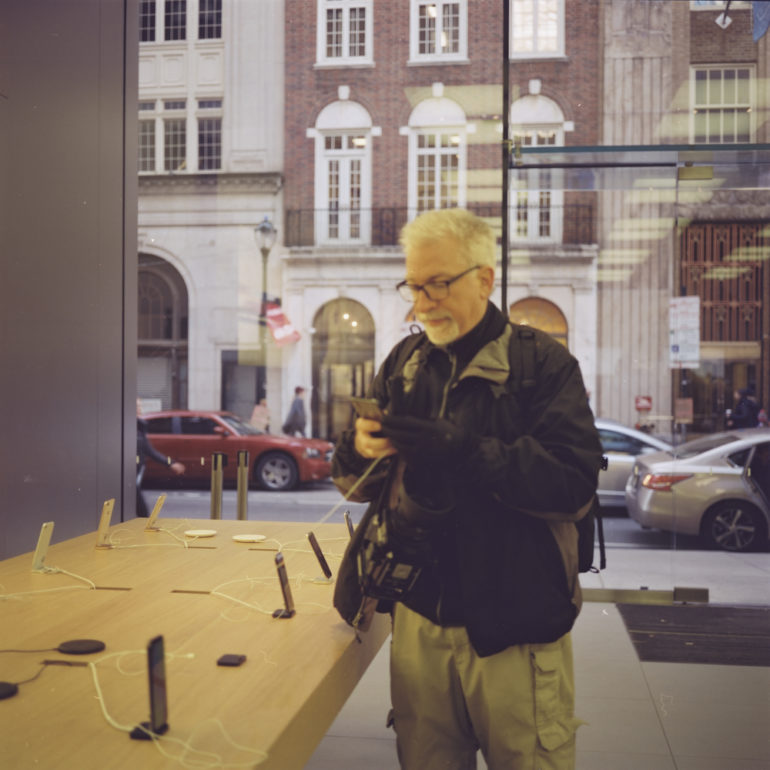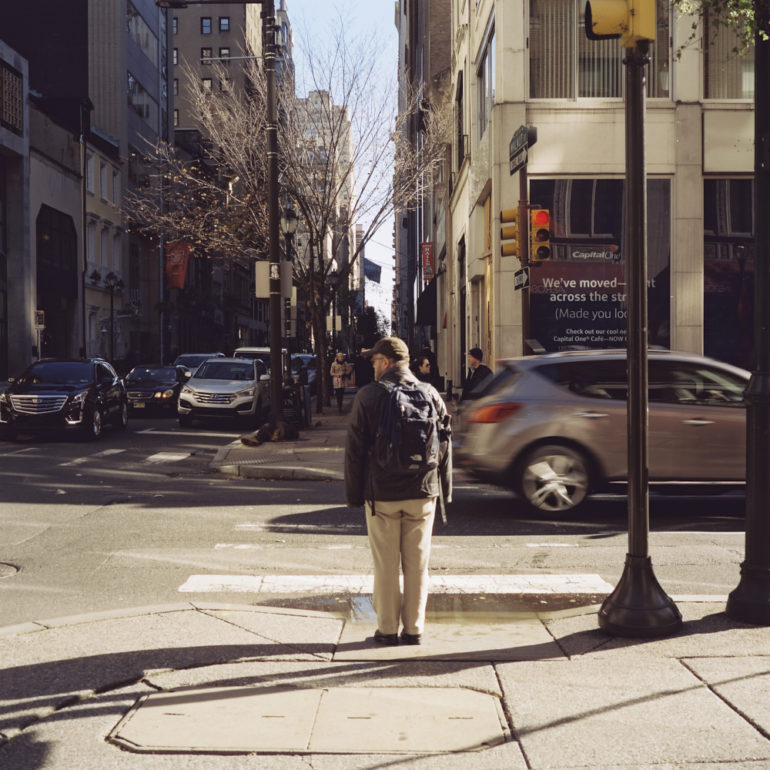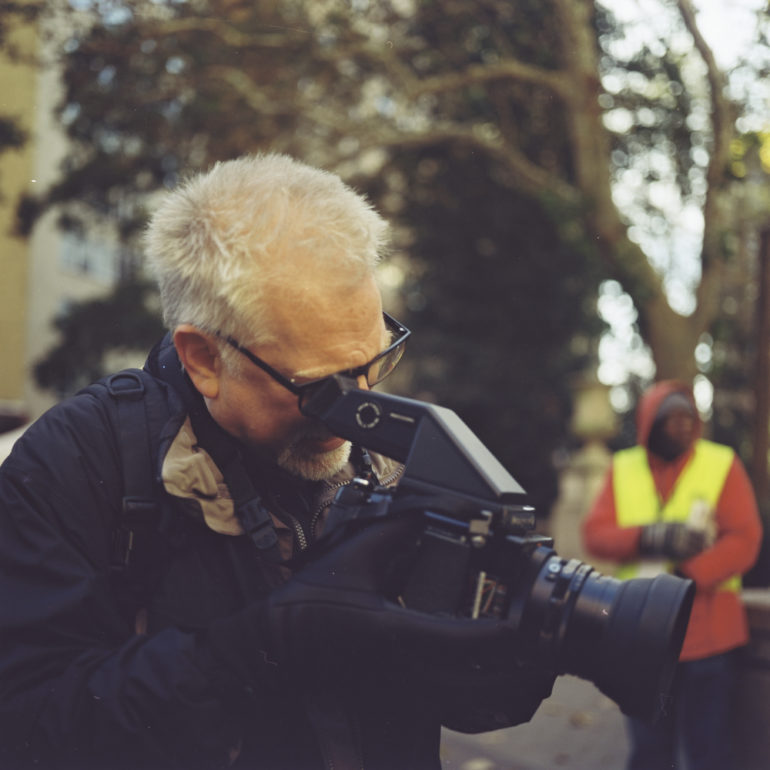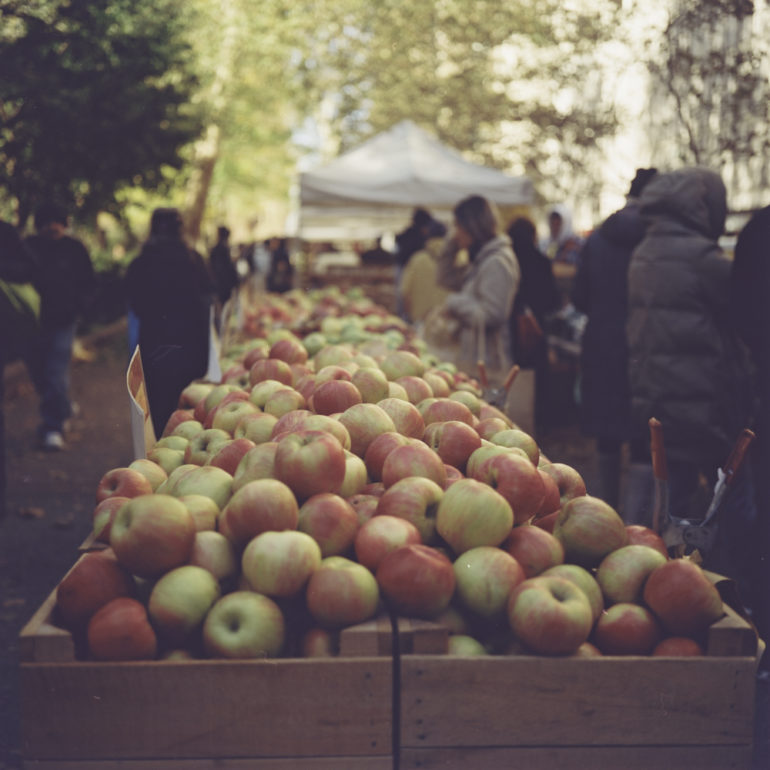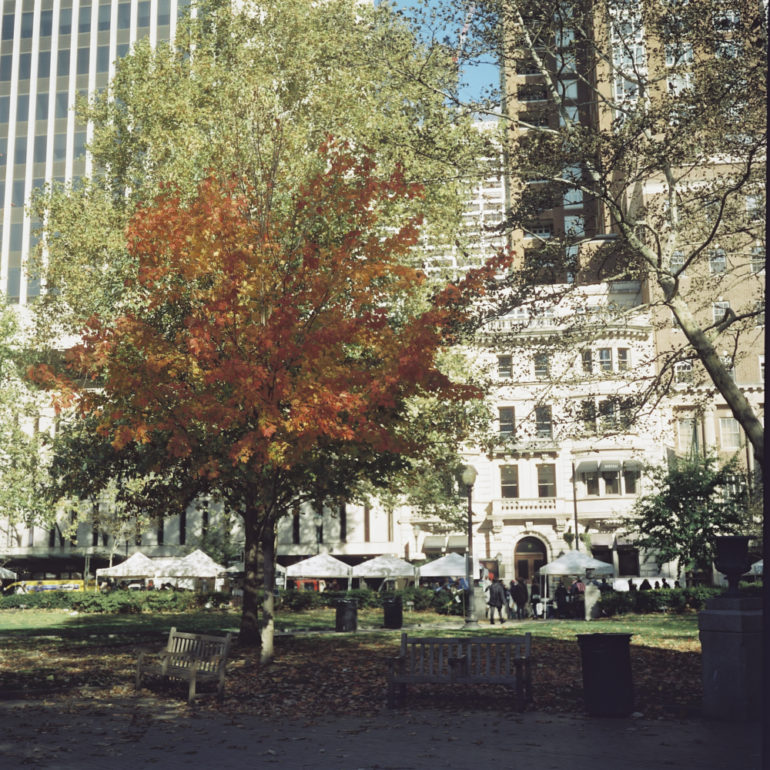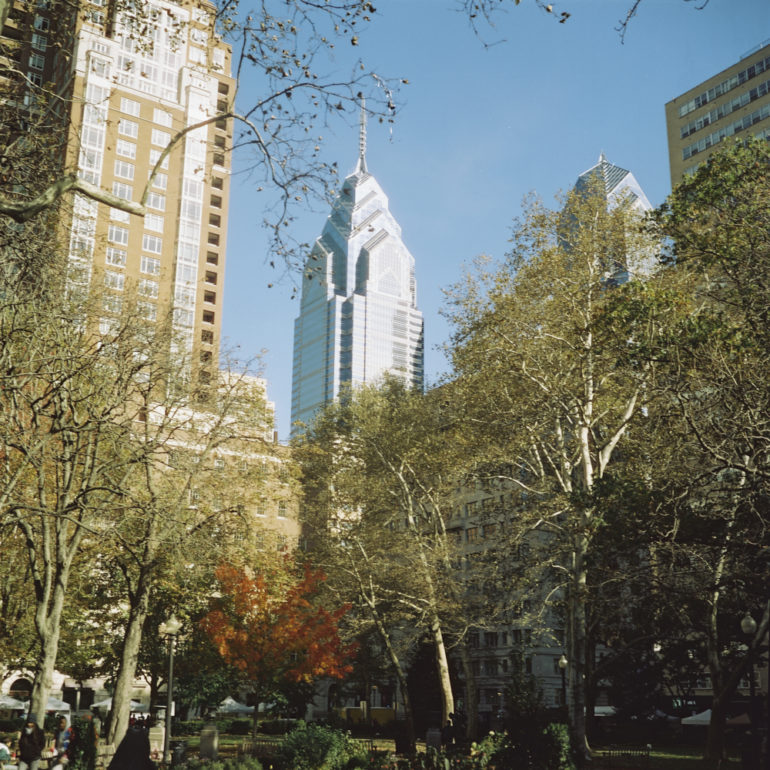Last Updated on 11/18/2017 by Chris Gampat
Update: This review of CineStill 50D now includes both 35mm and 120
CineStill popped up a couple of years ago as a special company repackaging Kodak movie film into a still film format. They exploded in growth, and are currently flourishing along with many of the other newer film-based companies. One of their newest emulsions is CineStill 50D–an ISO 50 film that is daylight balanced. Obviously at ISO 50 you’ll generally need a flash or lots of natural light to get the best photos. For the past couple of months, we’ve been testing the film along with lights that have come in for review and also along trips.
Trust me when I say that very few films want me to get back into film shooting and ditch digital cameras completely; Kodak Portra is currently my favorite and king of them all. But CineStill 50D is doing a great job and is almost as good.
Pros and Cons

Pros
– Very high detail
– That beautiful film look that you crave
Cons
– Can deliver not so great results in certain cloudy situations.
Gear Used
We tested CineStill 50D with the Canon EOS Elan 7, Sigma 85mm f1.4, Olympus OM4 Ti and the Olympus Zuiko 24mm f2.8 lens.
Ease of Use
CineStill 50D film is set and fixed to ISO 50, so you’ll need to shoot with lots of light. We recommend using diffused flash, lots of natural sunlight, or a lens that opens up really wide. In addition to that, you’ll need to realize that this film is also daylight balanced. For the record, most films are daylight balanced for shooting in direct sunlight (approx. 5000K). That means that when the sun starts to go down a bit or you’re shooting in overcast situations, you’ll need to use a slight warming filter to balance it out because the color temperature is cooler as a result.
Of course, you can also try to balance it out in the processing or when you’ve scanned the images as TIFFs in digital post-production. During our tests, we also borrowed an Olympus 16mm f3.5 fisheye lens that included a yellow filter. This helped during shooting in Canada during very overcast days.
For the most part though, the process is to just straight shoot and not worry about the rest. In general though, we recommend overexposing your scenes by a full stop and giving this film lots of light to soak up.
Image Quality
Considering that this is essentially Kodak film, there isn’t a problem with the looks. In fact, I’m very much in love here after being pretty much nothing else but a Kodak Portra lover and before that a Kodak Ektachrome lover. This film looks beautiful and renders colors in a slightly muted way. The scene a couple of images down of a green lake was much greener in real life, but that’s how this film works. It can be used to your advantage when photographing people since it makes skin tones look great.
In 120
Many photographers have always preferred CineStill 800T over 50D. And personally, I have to agree. Though if I were to compare it to other low ISO negative films, I’d prefer CineStill 50D to Kodak Ektar and Portra 160. CineStill 50D gives off the same warm effect to skin tones that Kodak Portra does yet is capable of also delivering some very saturated tones in certain situations. In brighter situations involving lots of sunlight, I recommend underexposing CineStill 50D. In darker situations, give it more light. Either way, you should know that it will deliver some beautiful looks; though it is sometimes unpredictable. Of any color negative film that I’ve used, I have to say that CineStill 50D is perhaps the most unpredictable. But that’s part of its charm in some ways.
Conclusions
CineStill 50D is a result of some great work and ideas from the Brothers Wright, who run CineStill. They need to remove a layer from these films first in order to be developed with normal C-41 processing, so we don’t really recommend doing this by yourself. The film is great for normal, everyday use and we encourage you to get into it and try it out.
Our film was developed by the good folks over at Lomography; who also have loads of other image samples available.
We rate CineStill 50D at four out of five stars. Want a roll? Check out Lomography for availability.


